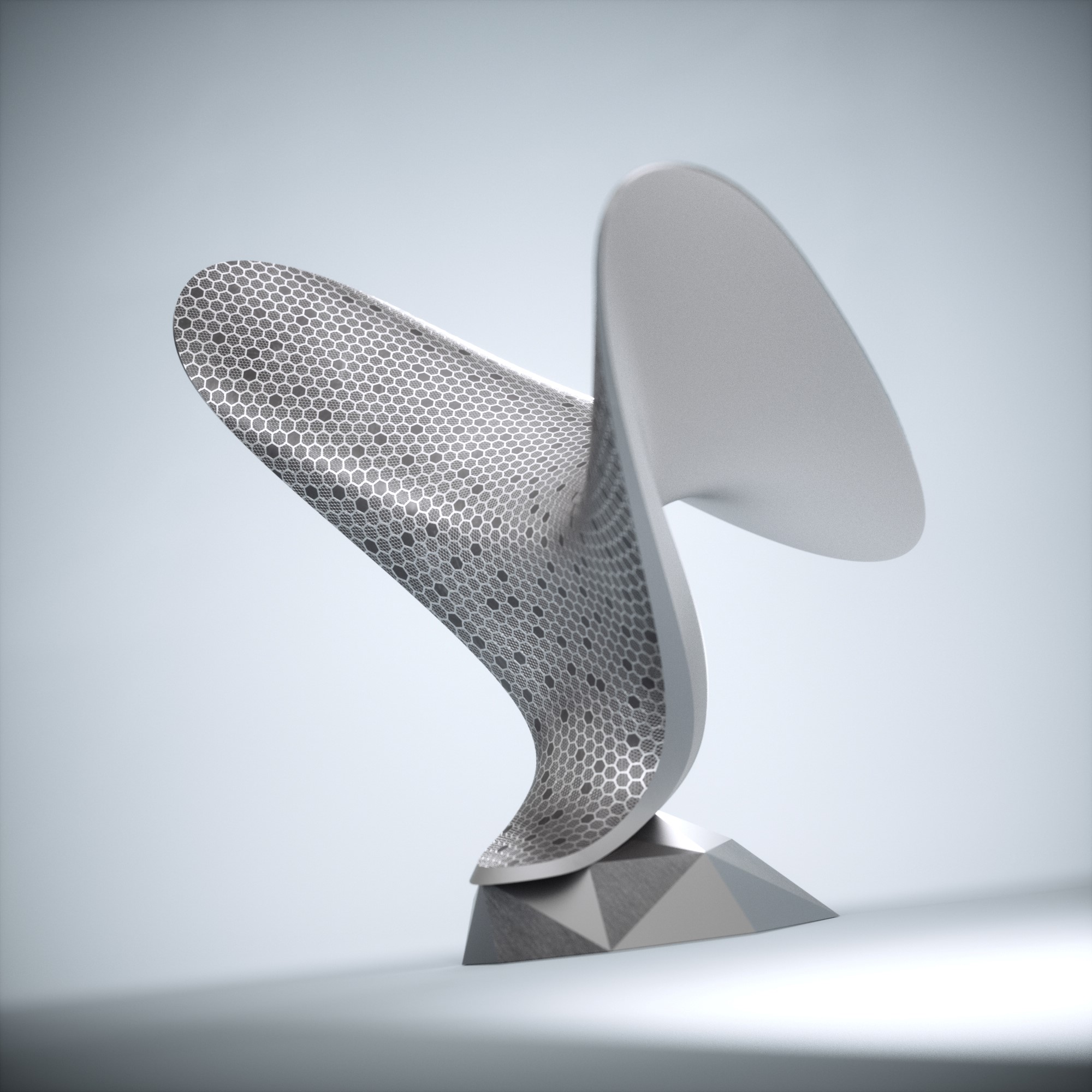One of these challenges lies in existing surface texturing technologies such as chemical etching whose limitation was perceived at the level of surface design predictability, and ecological sustainability expectations.
The chemical etching process is a manual one, therefore is labor-intensive and subject to human error; not to mention that it depends on a chemical reaction, straightness and consistency of the pattern application that can be difficult to achieve and maintain across production runs. That’s why dimensional tolerance is often left apart/sacrificed.
AgieCharmilles LASER S 1000 U
In order to prove the capabilities of its technology, GFMS challenged industrial desginer Lanari to design a concept product integrating a variety of simple to complex surface characteristics.
The designer chose the AgieCharmilles LASER S 1000 U to achieve the surface finishing operation.
Thanks to an embedded 3D scanning system, it was possible to follow the true surface of the part with the Laser focus, reducing overall machining time and eliminating the risk of quality deviations.
Moreover, using a workstation software, industrial designers can ensure a reproduction of their concepts that best meets their requirements, all the way through to UV mapping for applying textures and 3D simulation to achieve desired reproduction. Furthermore, the solution has enabled the designer to address issues raised by matt surfaces required techniques such as sandblasting or chemical etching—two manual methods posing a high risk of errors—or die-sinking Electrical Discharge Machining, a difficult process for large 3D areas.
According to the designer, “the LASER S series defeats all of these challenges and delivers perfect blasting operations in terms of grain position as well as homogeneity—even on the most complex 3D parts.”
Would you like to subscribe to 3D Adept Mag? Would you like to be featured in the next issue of our digital magazine? Send us an email at contact@3dadept.com






